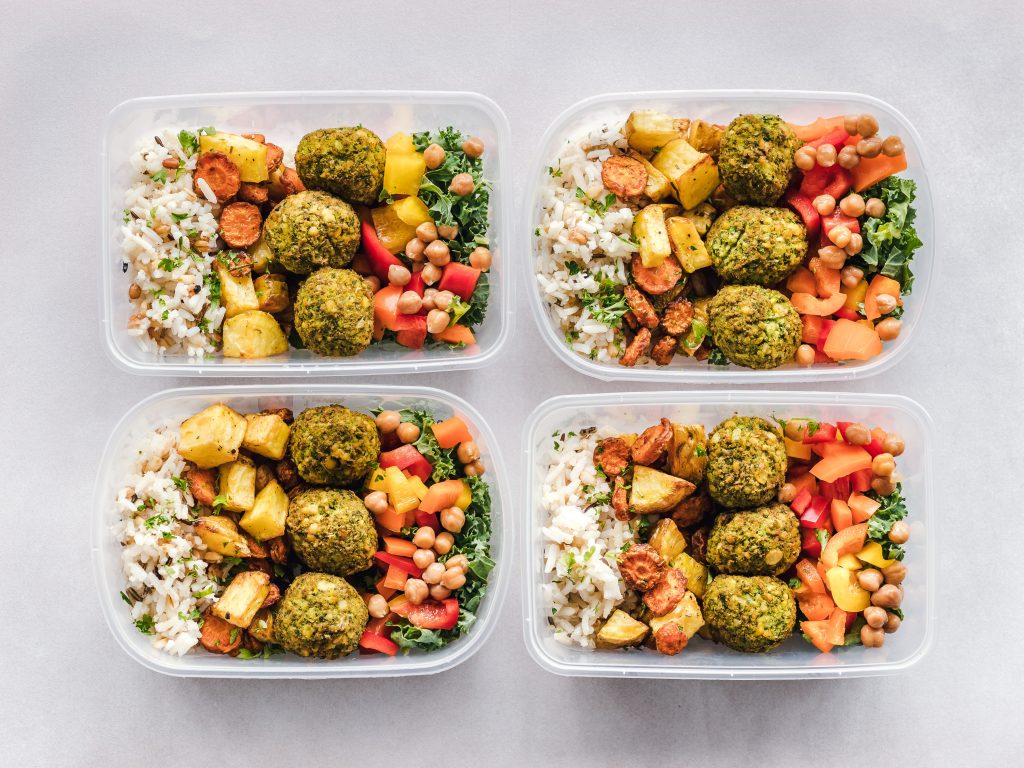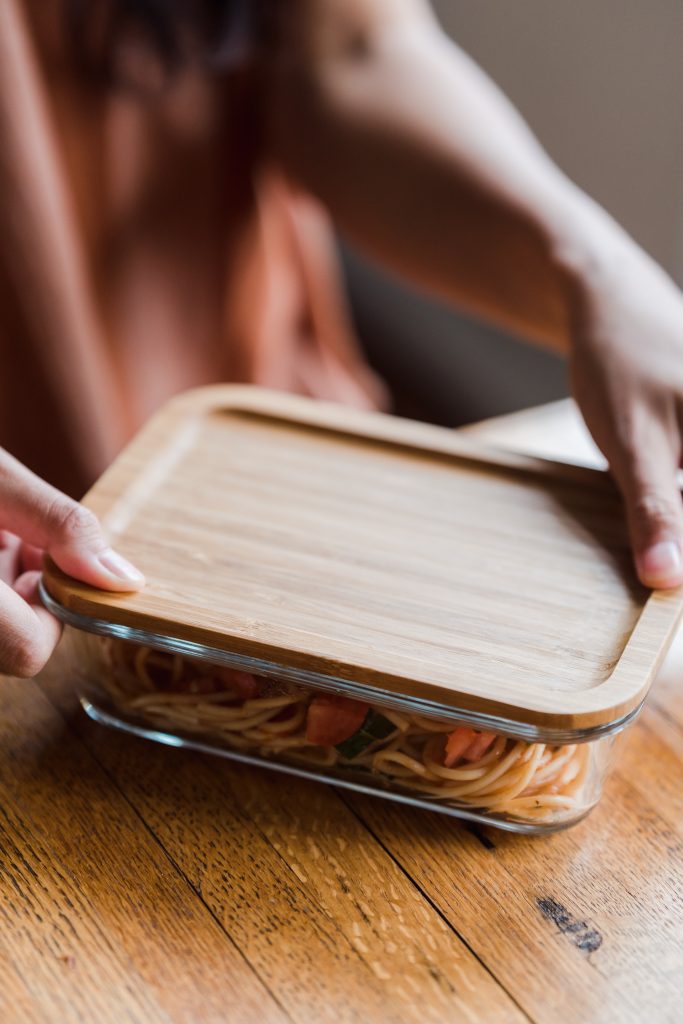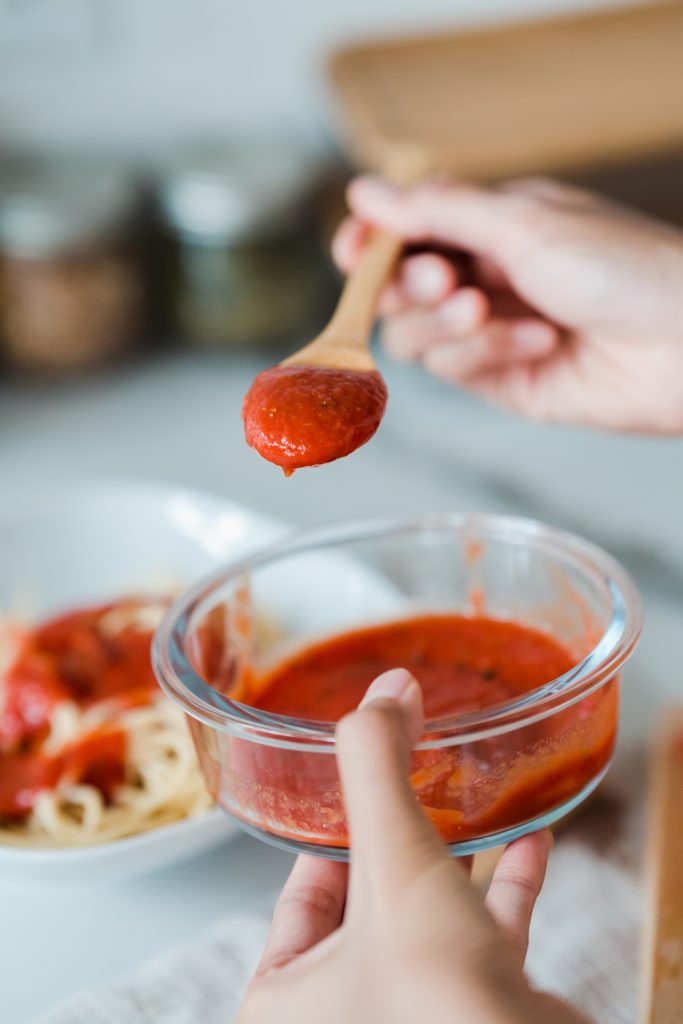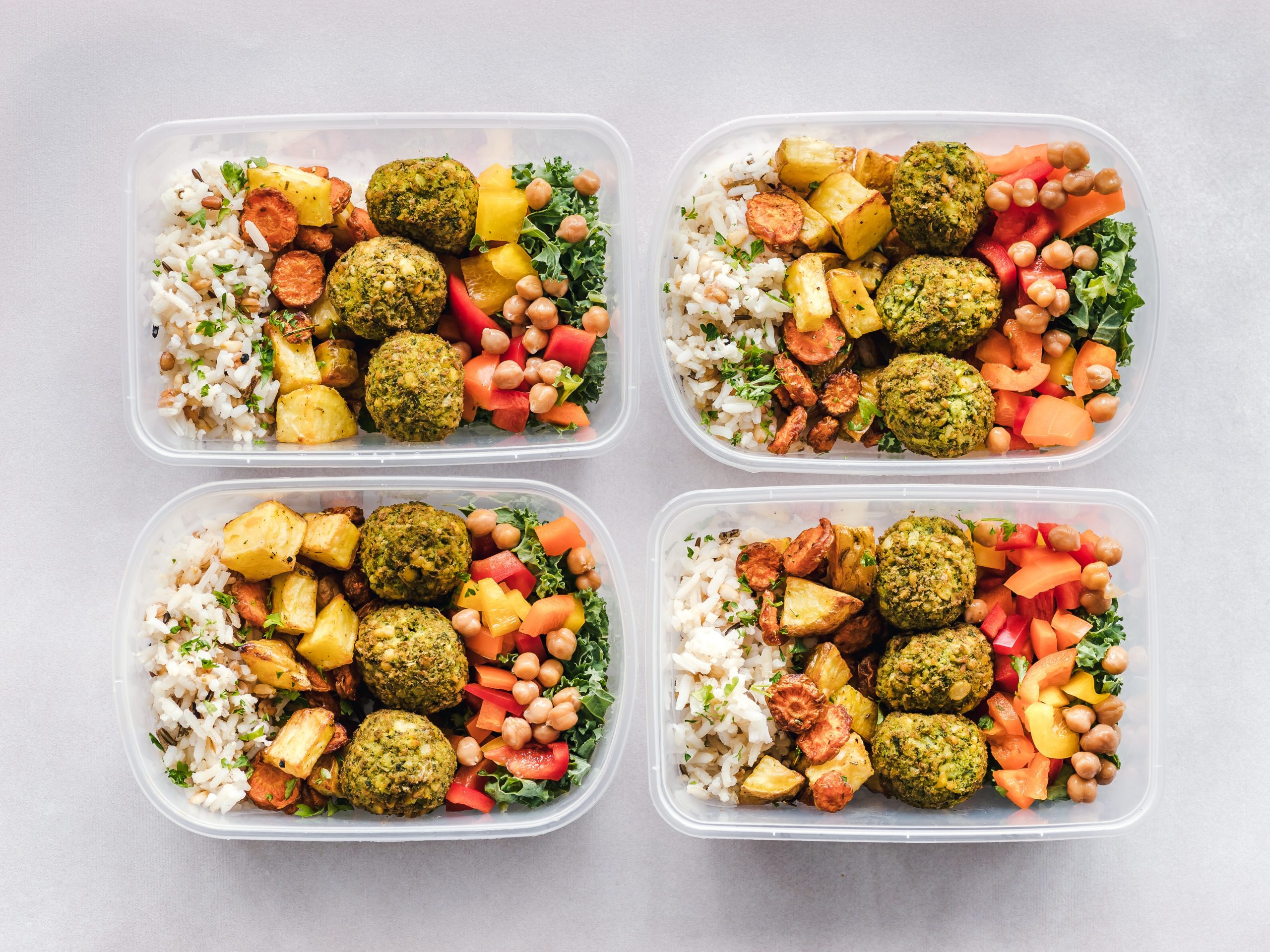Given how important Tupperware is, it is available in a variety of options globally. You can start by checking out supermarkets like Walmart or Sears, which have a home and kitchen department. You will also find many options in specialty home stores.

But if you are a citizen of computing, you may want to take advantage of the advantages that the online shopping universe offers you. And it offers the added advantage of you being able to go shopping without having to leave your home.
Purchase criteria
Choosing the right Tupperware is about knowing what your needs are, and this is sometimes complex. So to help you clarify your ideas we tell you about the criteria you should consider when evaluating options. In this way you will be able to be clear about your needs and which Tupperware produce will cover them effectively.
Material
• Size
• Shape
• Airtight or not?
• From the freezer to the microwave
• Internal divisions
One of the main criteria that you have to check is the material, since not all of them are suitable for all uses. To help you have a clear picture, we tell you about the most common materials, so that you know which the right one for your needs is.
Plastic. This is in fact the most common material for these containers, since these are resistant and easy to transport as well as have lower costs. However, when buying plastic Tupperware, you have to check that it does not contain BPA or other components that are toxic to the human body.
Glass. Glass Food storage containers are very useful, as they can be put in the microwave and some models can even be used for cooking in an oven and freezing food. But they are fragile and do not make it easy to move, which is a huge disadvantage. The lids are usually made of flexible plastic or silicone.

Ceramics. This is the least used material although it is an excellent material for Tupperware, but they have the same disadvantage as glass ones: they are fragile. However, they are all suitable for freezing food and baking meals, as long as you remove the lid, which is usually silicone.
Size
Not all homes and uses have the same needs, so there is a wide range of sizes to choose from. To choose yours you must consider the space you have in your refrigerator, in addition to taking into account which sizes you have in abundance and which ones you don’t. We tell you about these so that you are well informed.
Big. These are usually around 30 cm wide and 20 cm high. They are ideal for storing vegetables in the refrigerator, or freezing large quantities of meats. They are not practical for transporting food, but they can be used as salad bowls for large picnics. The big disadvantage of these sizes is that they take up a lot of space.
Medium. These are approximately 20 cm wide and a maximum of 15 cm high, so they are preferred for carrying food to work (especially if it is divided into sections on the inside). They are also frequently used to organize food in the refrigerator.
Little ones. These can measure up to 5 cm wide and about 5 cm high, so they are not very versatile. However, they are ideal for carrying dressings, sauces and sides, as well as for storing small leftovers in the refrigerator that you can use later.

